Iron Evaporation Material Description
Iron, with a melting point of 1,535°C, a density of 7.86 g/cc, and a vapor pressure of 10⁻⁴ Torr at 1,180°C, is a versatile metal widely used in various products, including tools, automobiles, and machinery. When combined with carbon, iron forms steel, a material fundamental to construction and automotive industries. Additionally, iron plays a crucial role in biological systems by transporting oxygen in the blood.
High-purity iron evaporation materials are essential for effective deposition processes, leading to the production of high-quality deposited films. TFM specializes in providing iron evaporation materials with purity levels reaching up to 99.95%, supported by stringent quality assurance procedures to ensure the reliability and performance of our products.
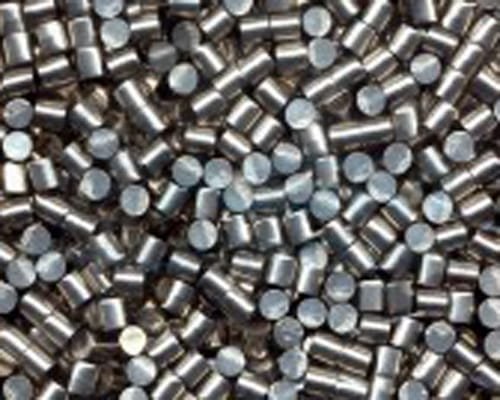
Iron Evaporation Material Specification
| Material Type | Iron |
| Symbol | Fe |
| Color/Appearance | Solid |
| Melting Point | 1,535 °C |
| Sputter | DC |
| Density | 7.86 g/cc |
| Thermal Conductivity | 80 W/m.K |
| Coefficient of Thermal Expansion | 11.8 x 10-6/K |
| Synonyms | Fe Pellets, Fe Pieces, Fe Evaporation Pellet, Iron Pellets, Iron Pieces, Iron Evaporation Pellet |
Iron Evaporation Material Application
Iron Evaporation Material Packaging
We meticulously handle our iron evaporation materials to avoid damage during storage and transportation, ensuring that the quality and original condition of our products are preserved.
Iron Evaporation Material Packaging
| Material | Size | Quantity | Purity | Part Number |
| Iron | 1/4" Dia. x 1/4" Length | 1 lb. | 99.95% | EVMFE35QXQ |
| Iron | 1/4" Dia. x 1/4" Length | 25 g | 99.95% | EVMFE35QXQA |
| Iron | 1/4" Dia. x 1/4" Length | 50 g | 99.95% | EVMFE35QXQB |
| Iron | 1/4" Dia. x 1/4" Length | 100 g | 99.95% | EVMFE35QXQD |
| Iron | 1/4" Dia. x 1/4" Length | 200 g | 99.95% | EVMFE35QXQH |
| Iron | 1/4" Dia. x 1/4" Length | 1 kg | 99.95% | EVMFE35QXQKG |
| Iron | 1/4" Dia. x 1/4" Length | 500 g | 99.95% | EVMFE35QXQT |
| Iron | 1/4" Dia. x 1/4" Length | 1 lb. | 99.99% | EVMFE40QXQ |
| Iron | 1/4" Dia. x 1/4" Length | 50 g | 99.99% | EVMFE40QXQB |
| Iron | 1/8" Dia. x 1/8" Length | 1 lb. | 99.95% | EVMFE35EXE |
| Iron | 1/8" Dia. x 1/8" Length | 25 g | 99.95% | EVMFE35EXEA |
| Iron | 1/8" Dia. x 1/8" Length | 50 g | 99.95% | EVMFE35EXEB |
| Iron | 1/8" Dia. x 1/8" Length | 100 g | 99.95% | EVMFE35EXED |
| Iron | 1/8" Dia. x 1/8" Length | 250 g | 99.95% | EVMFE35EXEJ |
| Iron | 1/8" Dia. x 1/8" Length | 500 g | 99.95% | EVMFE35EXET |
| Iron | 1/8" Dia. x 1/8" Length | 100 g | 99.99% | EVMFE40EXED |

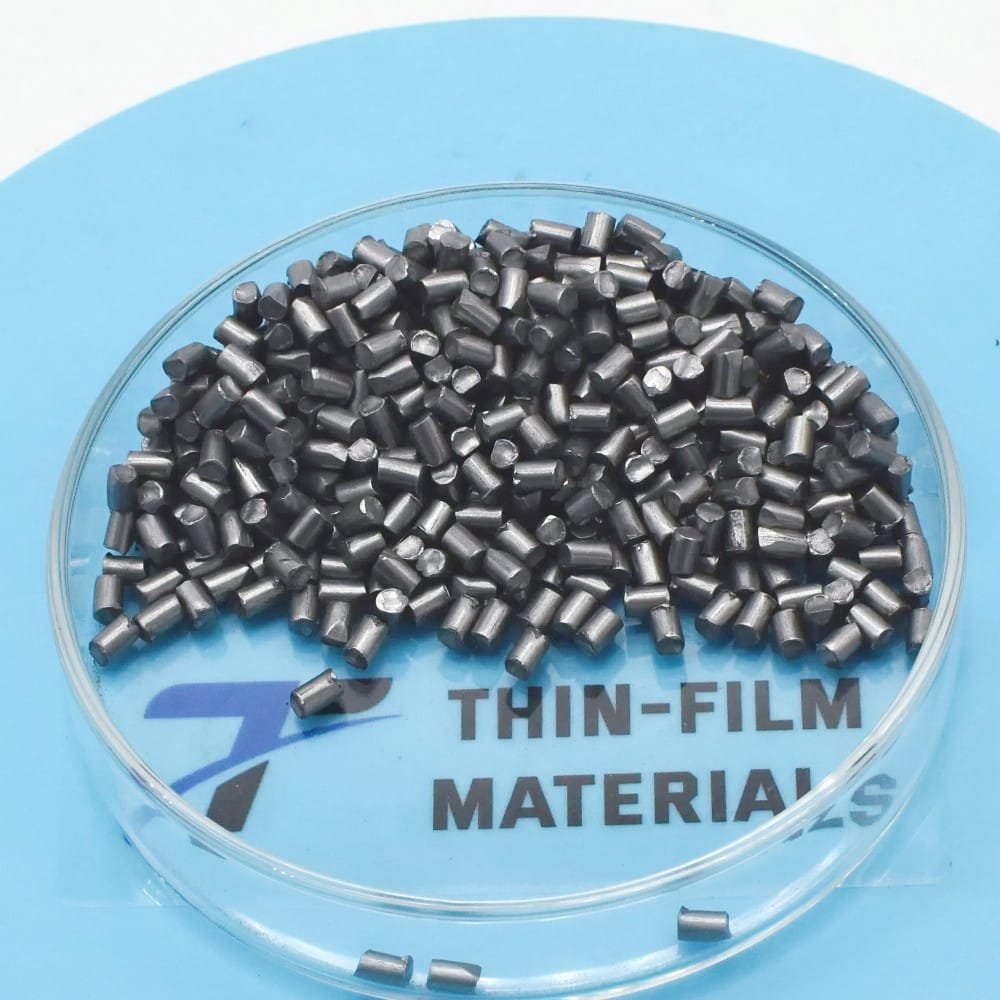
 MSDS File
MSDS File
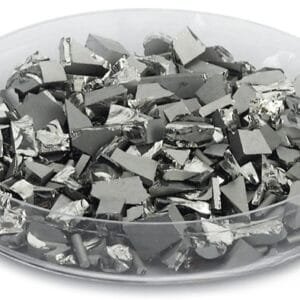
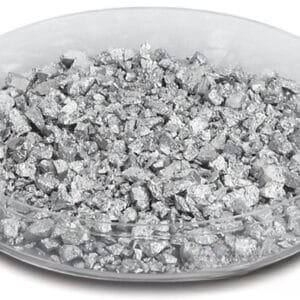
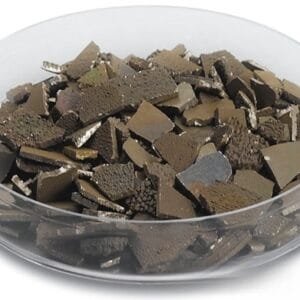
Reviews
There are no reviews yet.